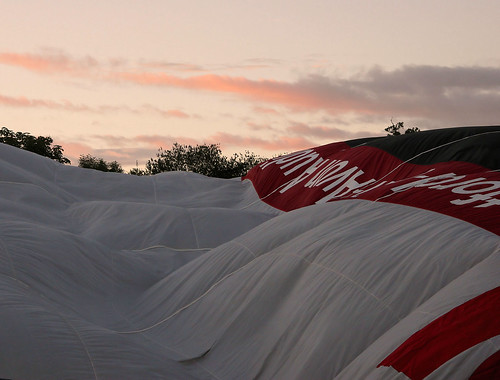Inflation uptick increases risk of another RBA interest rate rise, economists say
Inflation #Inflation

Australia’s inflation rate has picked up again, increasing the risk households will need to endure yet another rate rise before Christmas.
While most traders and economists expect the Reserve Bank board will keep the official cash rate steady at 4.1% when they gather on Tuesday, that outcome is not set in stone and the meeting has the potential to surprise.
In its first rates meeting under new governor Michele Bullock, the RBA will weigh the competing forces of a rising inflation rate well outside its comfort zone and a string of emerging risks – including a faltering economy in China, Australia’s largest trading partner.
Luke McMillan, head of research at Ophir Asset Management, said while the uptick in August inflation “added to the possibility” of an October rate hike, he said the RBA would probably wait for more data before making a decisive move.
“The RBA needs to balance some competing forces of decelerating but still sticky inflation, the opaque and lagged impact of previous rate hikes, the current fixed rate mortgage cliff and house prices which are rising again,” McMillan said.
Australia’s central bank has lifted rates 12 times since May last year to combat high inflation by making borrowing more costly. Markets are pricing in a strong chance of one final hike, which could come before the end of the year.
Inflation had generally been falling from its 8.4% peak before lifting again in August, largely caused by surging global oil prices.
While the RBA can overlook a temporary spike, a persistent strong oil price will become a headache given costs quickly spread throughout the economy, leaving motorists, farmers, factories and airlines with rising fuel payments.
Stephen Wu, an economist at the Commonwealth Bank, said he viewed the uptick in inflation as a “temporary hump” in a downward trend.
“We think the RBA will be inclined to see it that way too when it meets next Tuesday for the October rate decision,” he said.
CBA economists have pushed out the date they expect rate cuts to start occurring, from March to May 2024.
skip past newsletter promotion
Sign up to Afternoon Update
Our Australian afternoon update breaks down the key stories of the day, telling you what’s happening and why it matters
Privacy Notice: Newsletters may contain info about charities, online ads, and content funded by outside parties. For more information see our Privacy Policy. We use Google reCaptcha to protect our website and the Google Privacy Policy and Terms of Service apply.
after newsletter promotion
In early September, the RBA considered a 25-basis-point hike before eventually deciding to hold the benchmark cash rate unchanged. It noted there was a risk the economy could slow sharply as the effect of past rate hikes continued to flow through, along with the threat of contagion from China.
While headline inflation did increase in August, there are signs that inflation is slowly returning towards the target 2-3% range. When some of the more volatile CPI components are stripped out, such as fuel, holiday travel and fruit and vegetables, the index eased to an annual rate of 5.5% in August, from 5.8% a month earlier.
Most economists expect the RBA will wait for quarterly inflationary data and jobs figures before making any move, which pushes out a potential rate move to at least November.
If that data comes in higher-than-expected, it would raise the risk of another hike, according to George Tharenou, chief economist for UBS for Australia.
“For now, UBS still expects the RBA will stay on hold ahead, at a peak of 4.10%,” Tharenou said.